It was a plan that was being planned for the last two years and we are blessed that we made it happen before it was too late.
On the road-trip back home to Bengaluru (that’s what it’s called now, not Bangalore) from the lodge we cross from Madhya Pradesh to Maharashtra to Telangana and Andhra Pradesh to enter Karnataka. And somewhere in between Hyderabad and Bengaluru is a sanctuary that Vineeth identified Rollapadu bird Sanctuary, as a place to get a chance to see the Great Indian Bustard, a bird which has only a few hundred individuals left in the country.
Though these grassland birds where found across India in different patches of arid landscapes, habitat destruction and farm lands have taken over their habitat and now they are on the brink of extinction and our generation might have the dubious distinction of losing a major species after independence, if experts are not able to make things work for resurrecting the species.
So even though we knew our chances were slim we were hopeful as we drove to this landscape. We found acres and acres of arid landscape with slate on the ground and granite mountains on the horizon very close to Kurnool, known as the gateway of Rayalaseema.
We had a very knowledgeable local guide who we hoped would help us find this rare bird among the others. Our safaris showed us sizable herds of Blackbucks, 4 desert foxes and birds like peafowl, sandgrouse, doves, painted storks, lapwings, knob-billed duck, painted snipe, larks, eagles etc. but not a sign of the 3 individuals of bustards that were seen in the area. Our guide tried his level best to look for them in every possible area of this vast landscape to no avail.
Finally, just before we were going to end our last safari, he took us to an area we had already visited and his frantic stop…stop…got us to a grinding halt. And there it was, one of the 3 female birds seen in the region foraging at the edge of freshly ploughed field about 100 meters away. We felt as if we had found God! We watched intently as this tall ground bird elevated on its strong stilt like legs kept bending down and striding around to catch insects in the very short grass. It would occasionally stand upright with its long neck giving it a vantage of its habitat around. The female had a partial black ring speckled around the neck and a the neck itself was buff coloured unlike the bright white found in the male. We waited for the bird to come closer, which it did, but just within the range of our 500mm lenses and not more. We were spellbound and there was just the sound of the early morning wind flowing across the patchy grassland.
We left from the place after clicking enough pictures and videos to last us our life time but the feeling was bitter-sweet as we were told that this was one of the three individuals and with no male birds around, they have been laying infertile eggs and might soon cease to exist in this area. Experts, in their effort to try and resurrect the species might try and introduce a male bird from some of the other populations in India.
Let’s hope this species survives for our future generations to cherish.

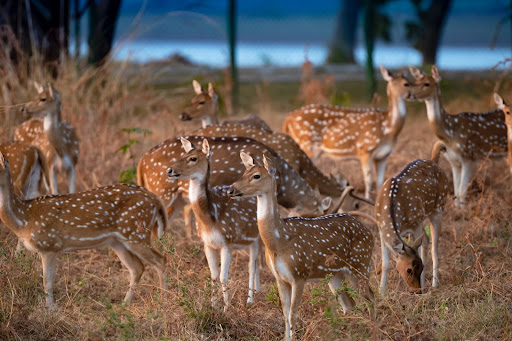
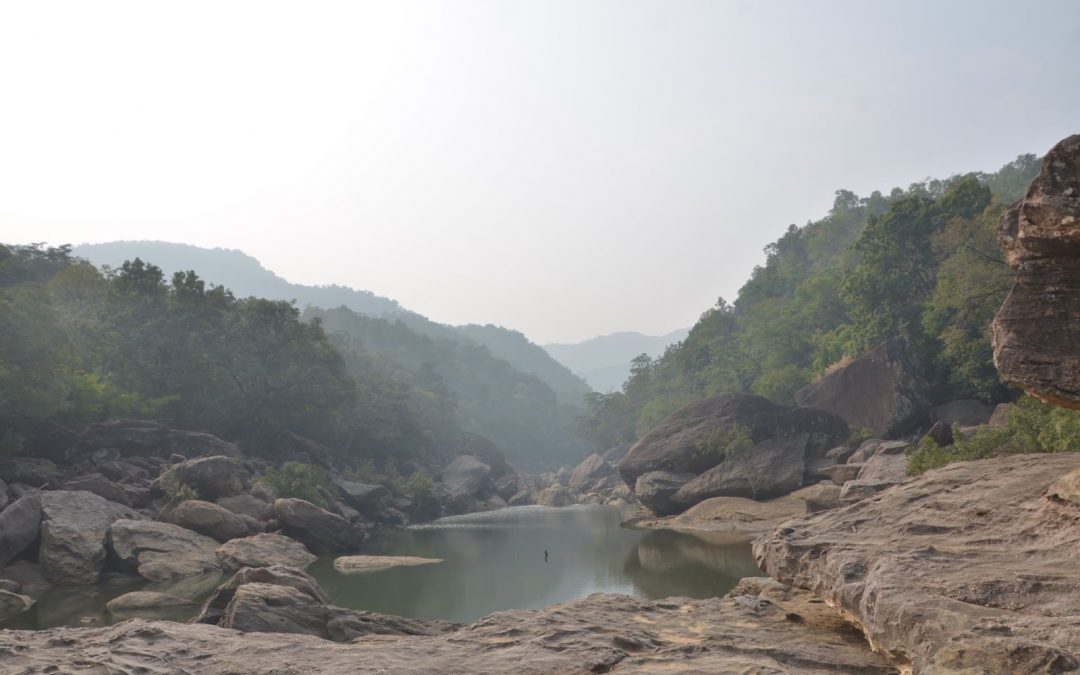


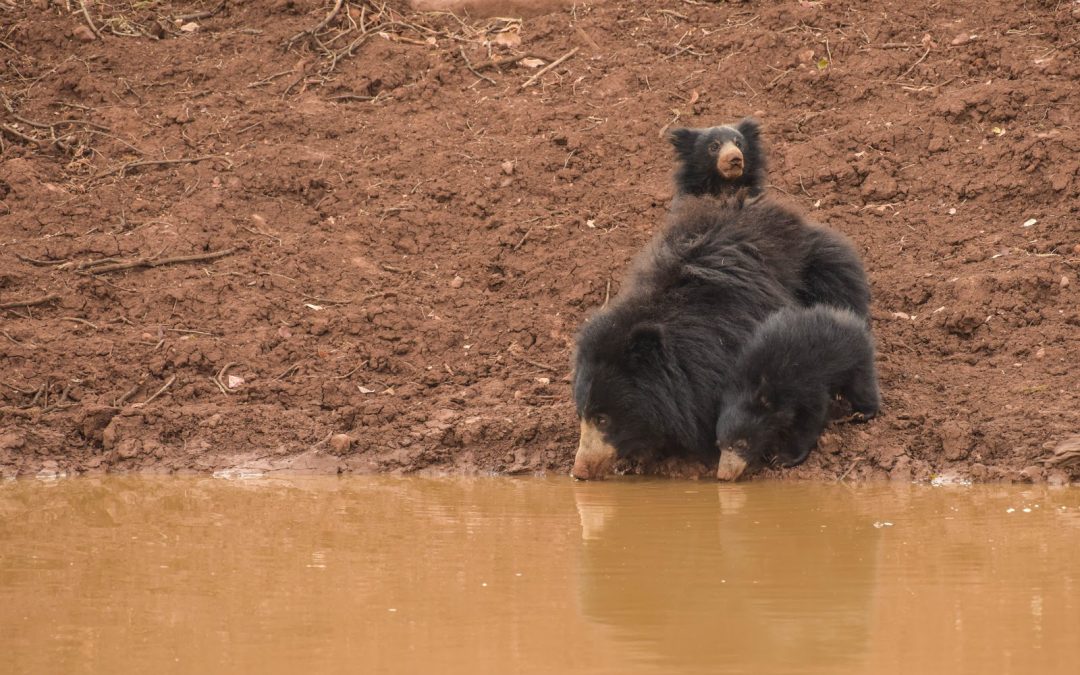
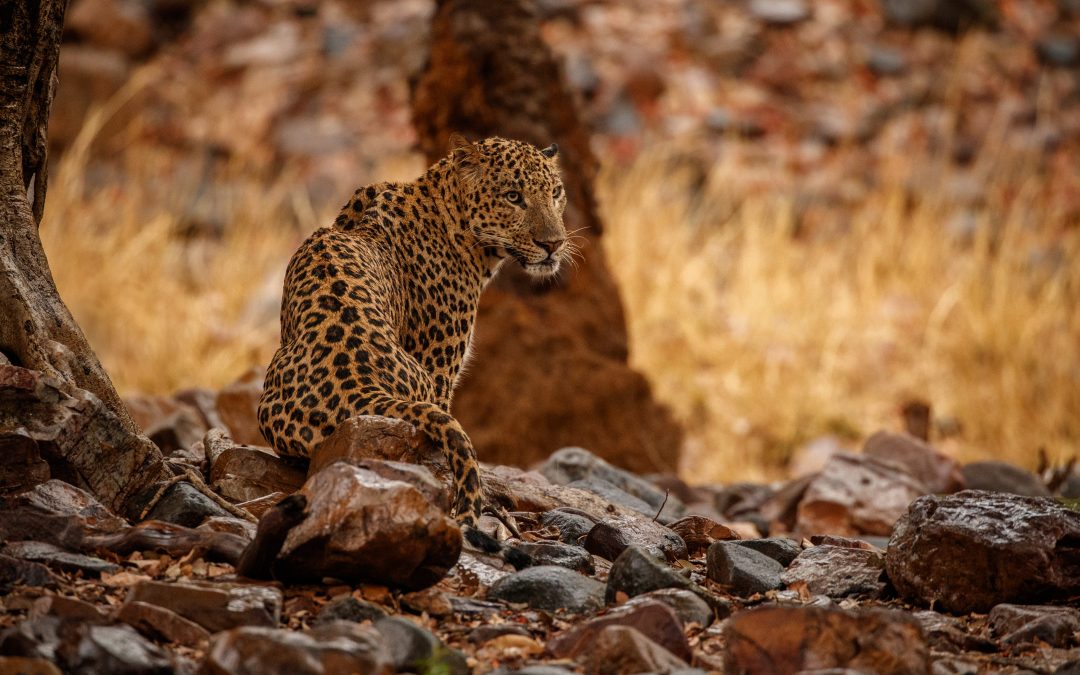
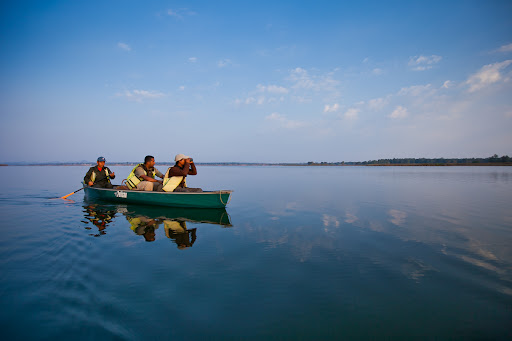
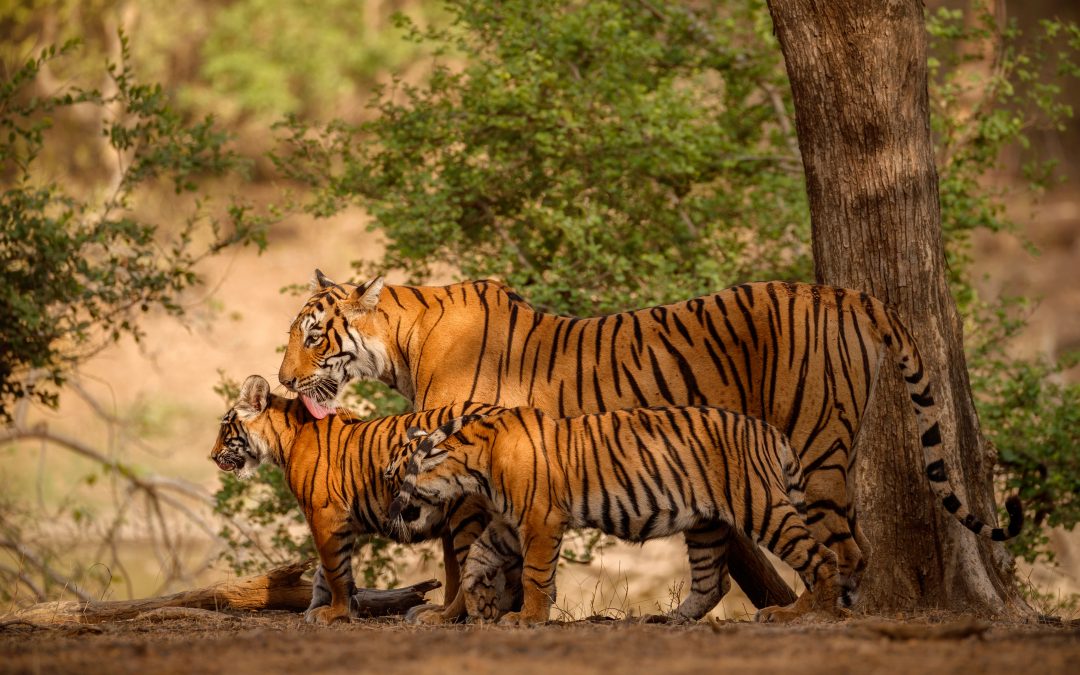

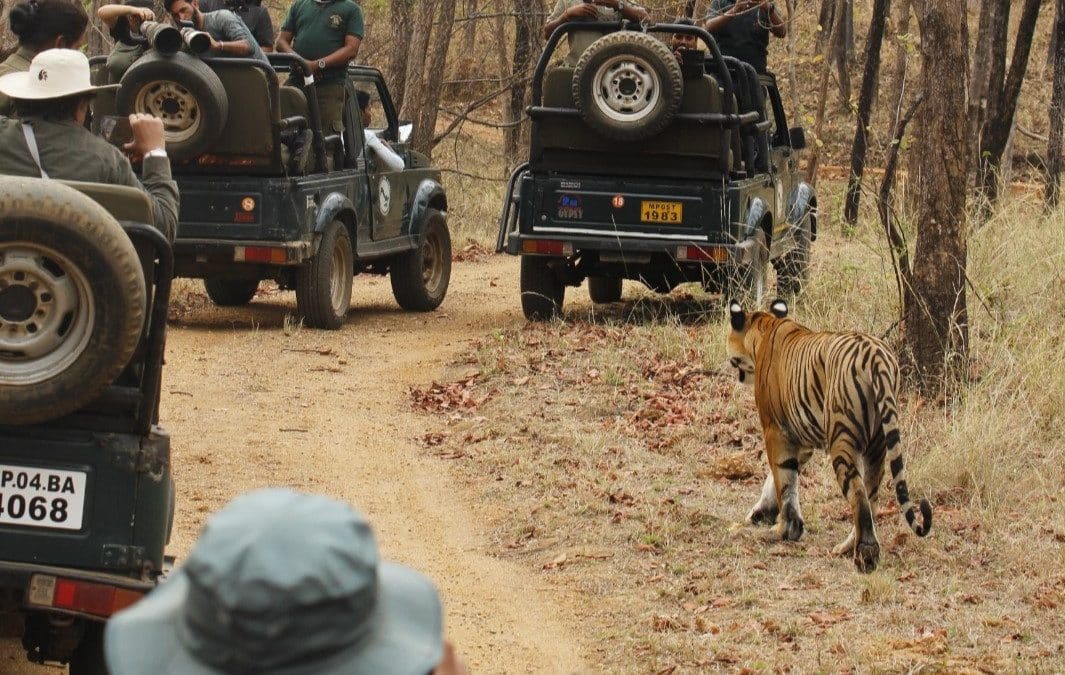
Recent Comments